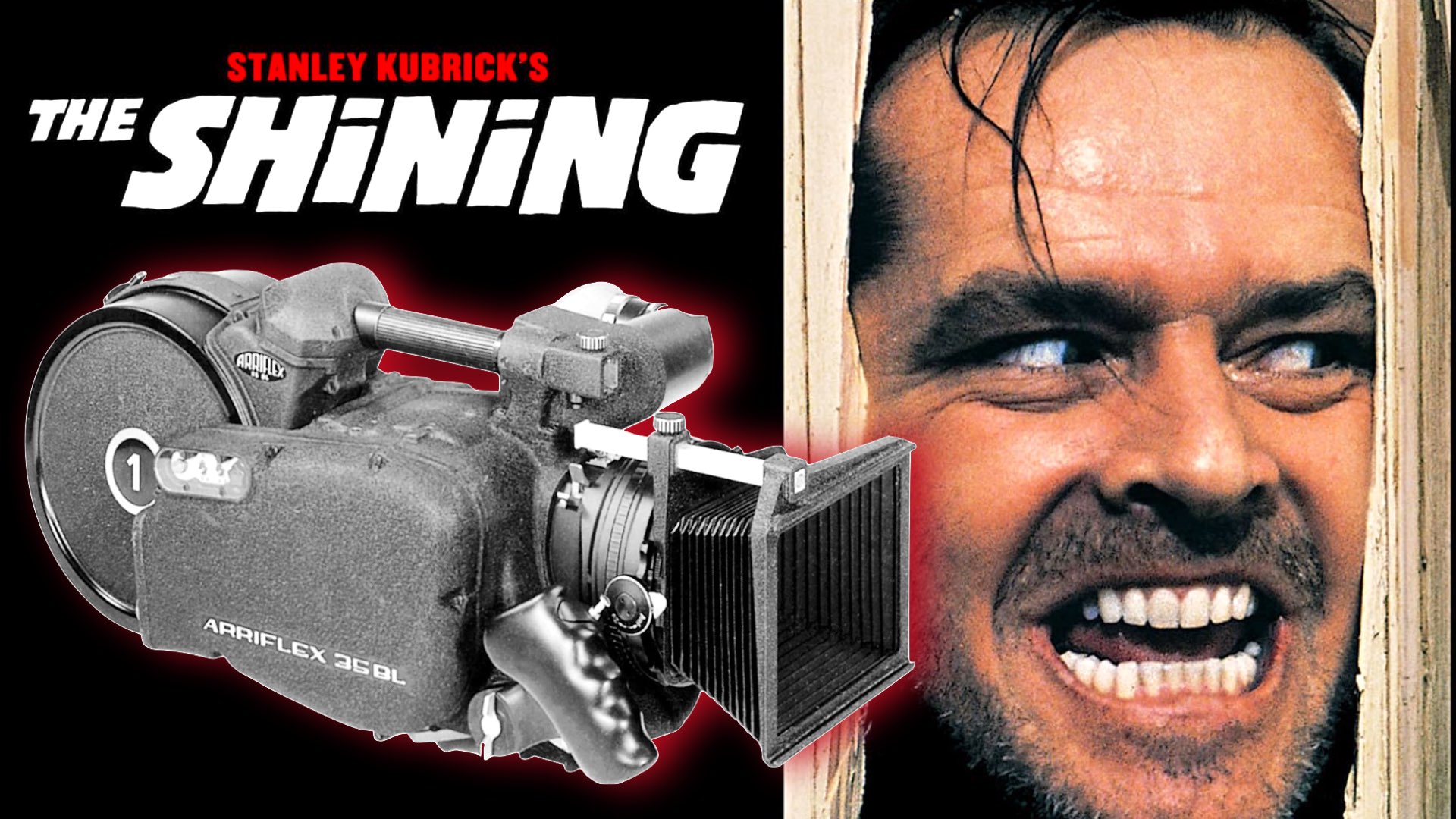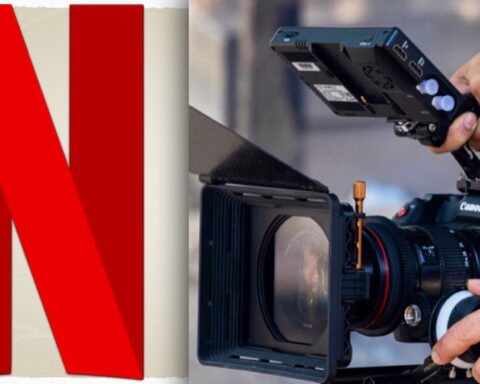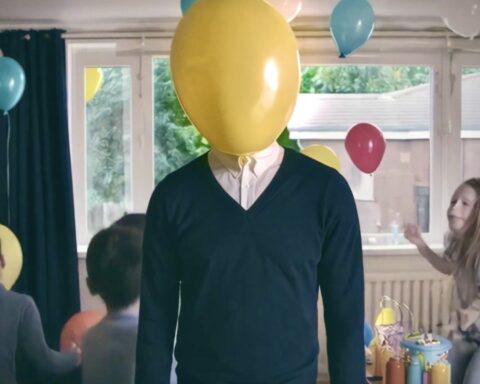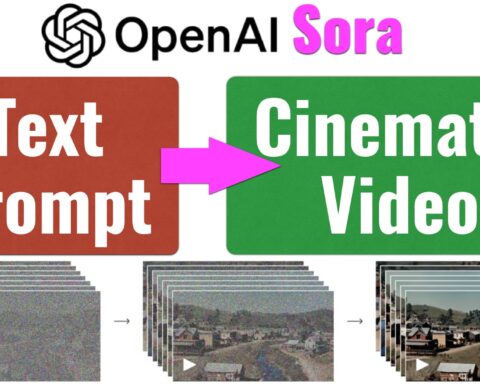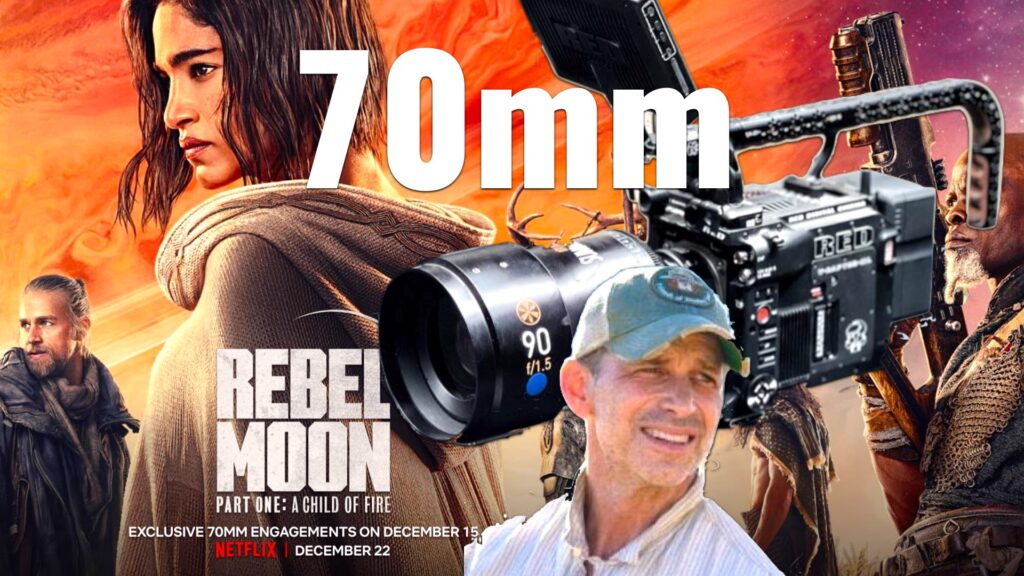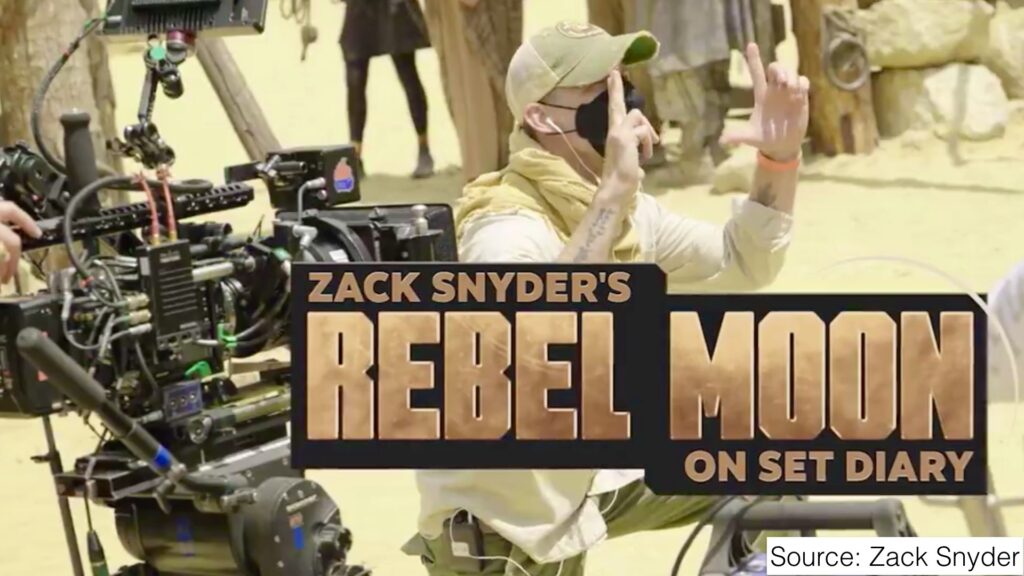The ARRIFLEX 35 BL helped to revolutionize filmmaking. “The Shining” director and crazy genius, Stanley Kubrick, utilized this camera together with new Steadicam techniques, to bring this outdenting psychological horror to the big screen.
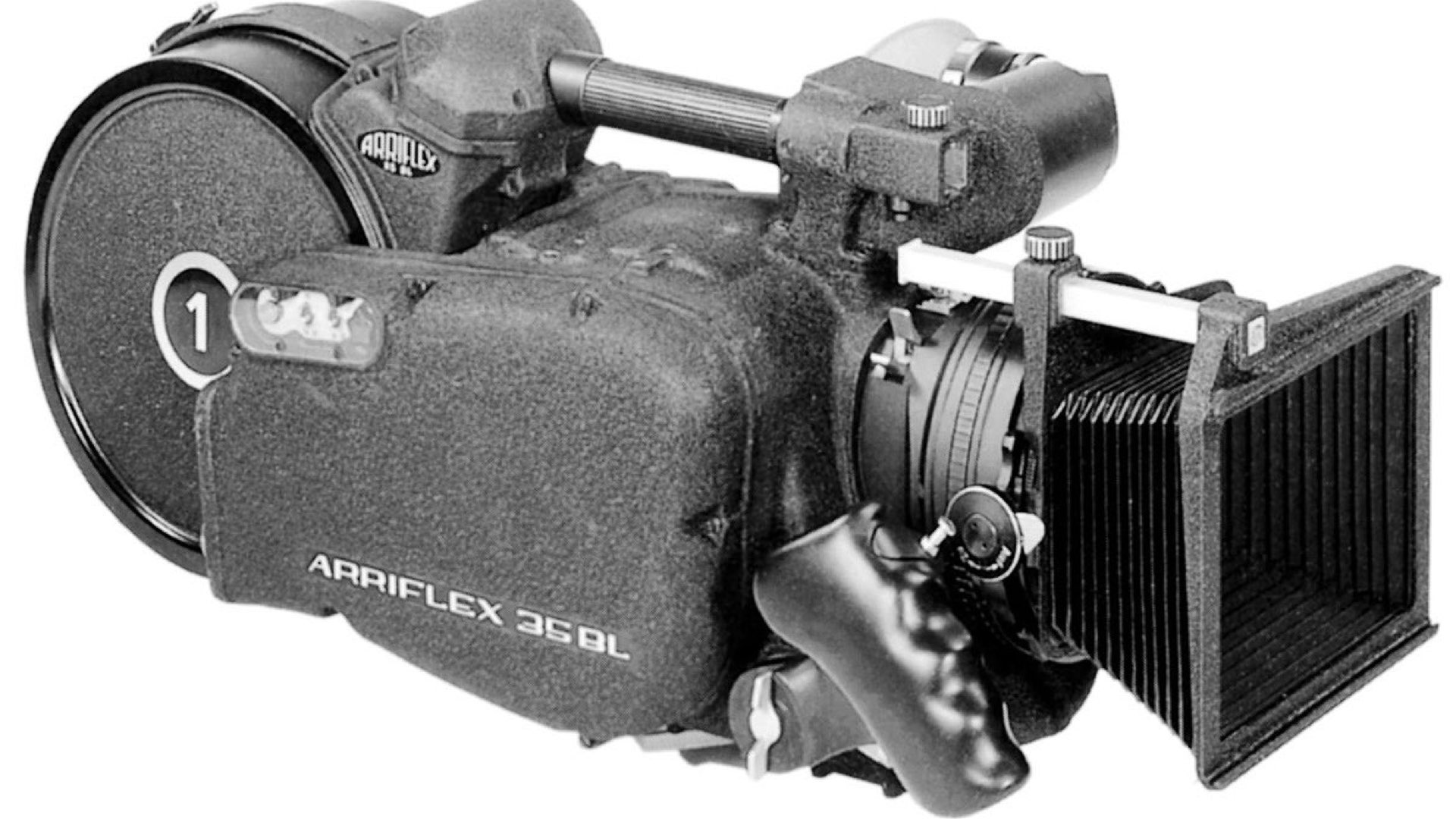
“The Shining”: A masterpiece e of psychological horror
The Shining is a 1980 psychological legendary horror movie masterpiece produced and directed by Stanley Kubrick. It is based on Stephen King’s 1977 novel of the same name and stars Academy Award winners Jack Nicholson and Shelley Duvall. Story: When writer Jack Torrance (Nicholson)–who has a history of alcoholism and child abuse–takes a job as winter caretaker for a hotel high in the Rocky Mountains, he, his wife (Duvall), and their psychic young son will be isolated until spring. But once the first blizzard closes the road out, the accumulated power of evil deeds committed at the hotel begins to drive Jack mad. Now there may be no escape for his wife and son in this haunting madness, memory, and family violence. Watch closely the trailer below (they don’t do like this anymore…):
Directed by crazy genius Stanley Kubrick
Director Stanley Kubrick is known for his meticulousness and compulsiveness on set, doing numerous takes again and again even if they are perfect. Kubrick often worked with a small crew, which allowed him to do many takes, sometimes to the exhaustion of the actors and staff. Here’s a testimony from Duvall who played Jack’s wife: “I resented Stanley at times because he pushed me, and it hurt. And I resented him for it. I thought, ‘Why do you want to do this to me? How can you do this to me?’ You agonize over it. And it’s just a necessary turmoil to get out of it what you want out of it”.
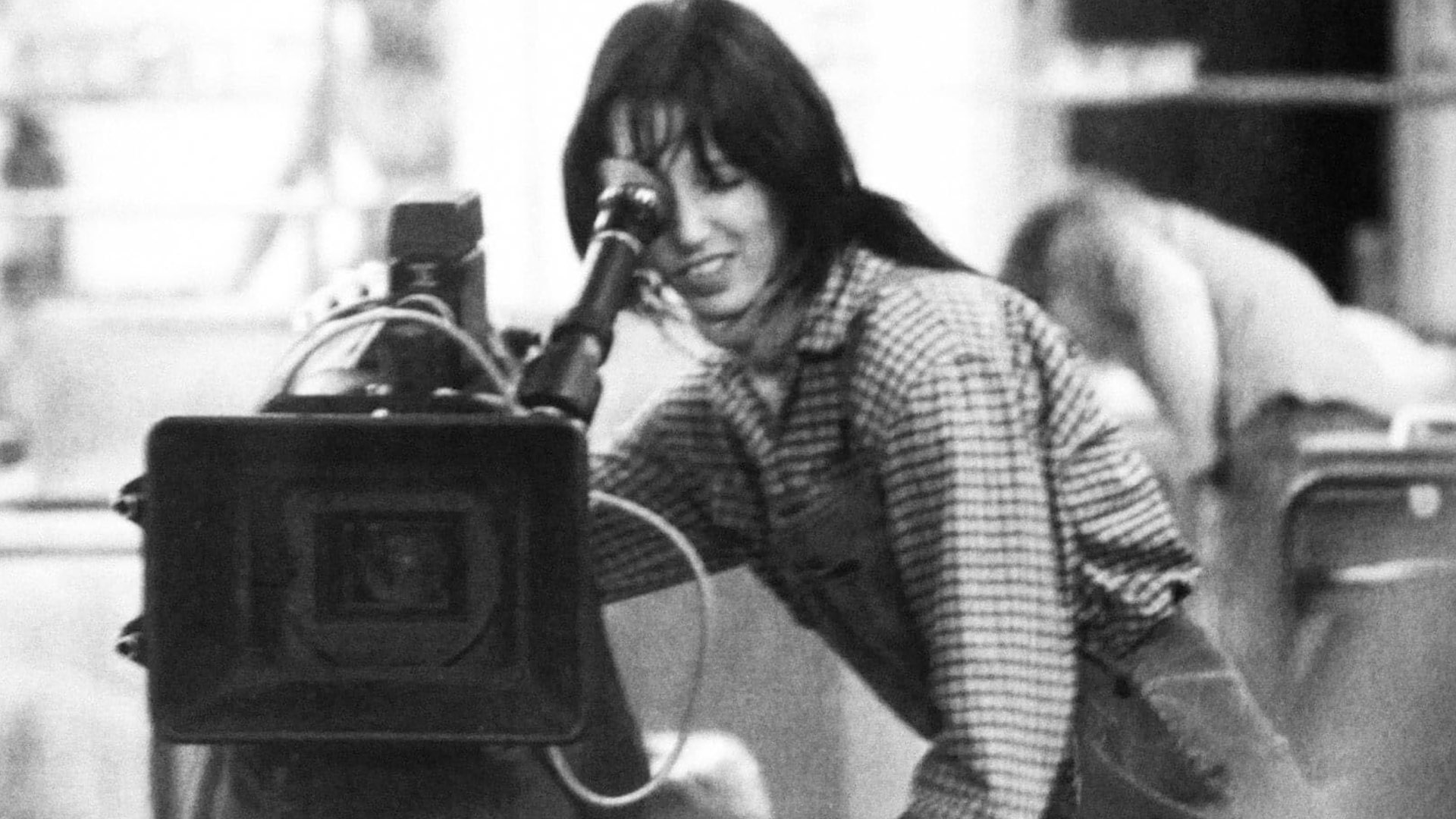
Indeed, Shelley Duvall suffered from nervous exhaustion throughout filming, including physical illness and hair loss. As for Nicholson, he would often return from a day’s shooting, walk straight to the bed, collapse onto it, and immediately fall asleep. Moreover, some scenes were shot dozens of times. “We shot it 50 or 60 times, Then Jack would say, ‘That was pretty good, wasn’t it, Stanley?’ And Stanley would say, ‘Yes it was. Now let’s do it again’” as described by one of the main actors.
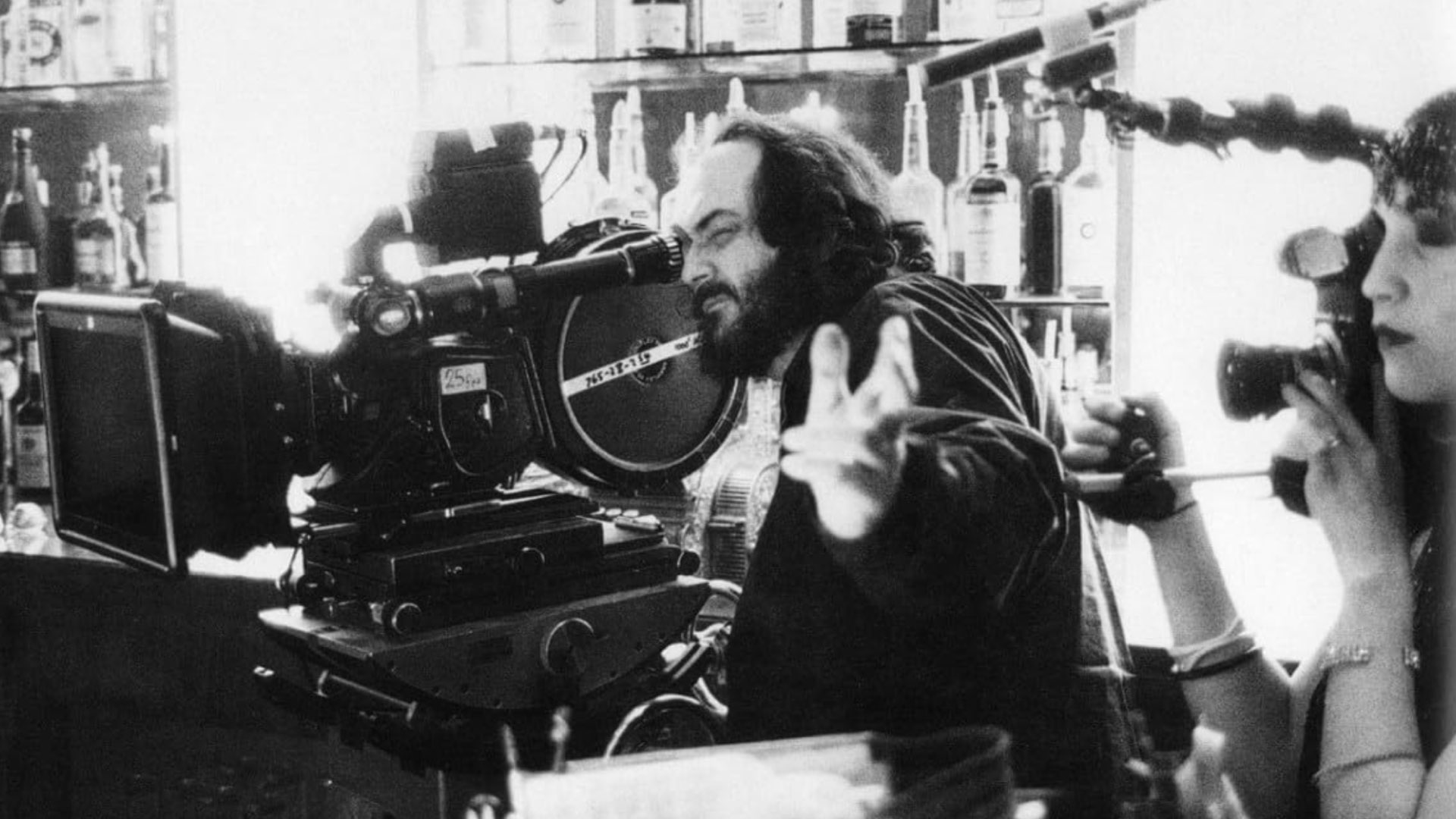
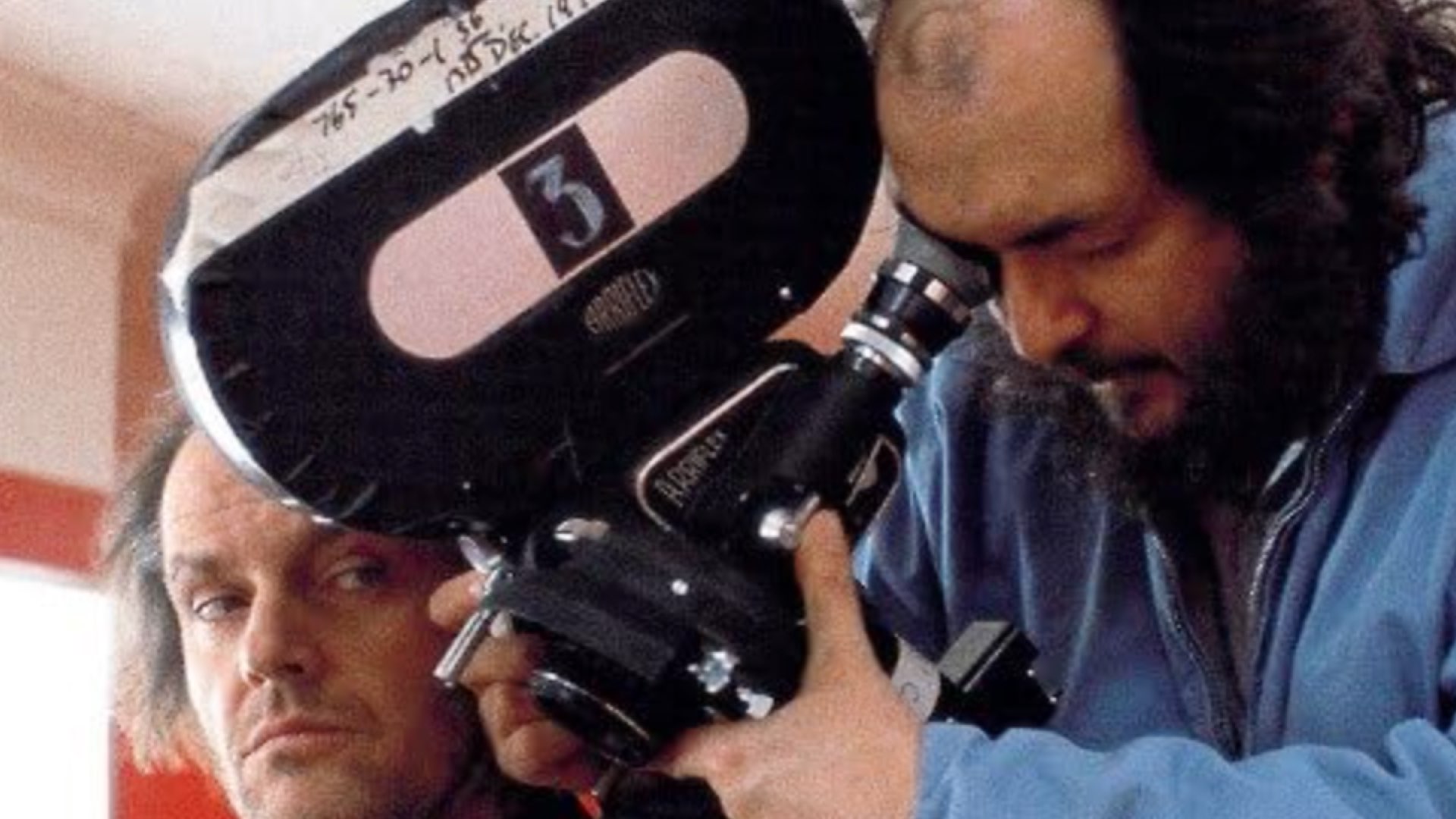
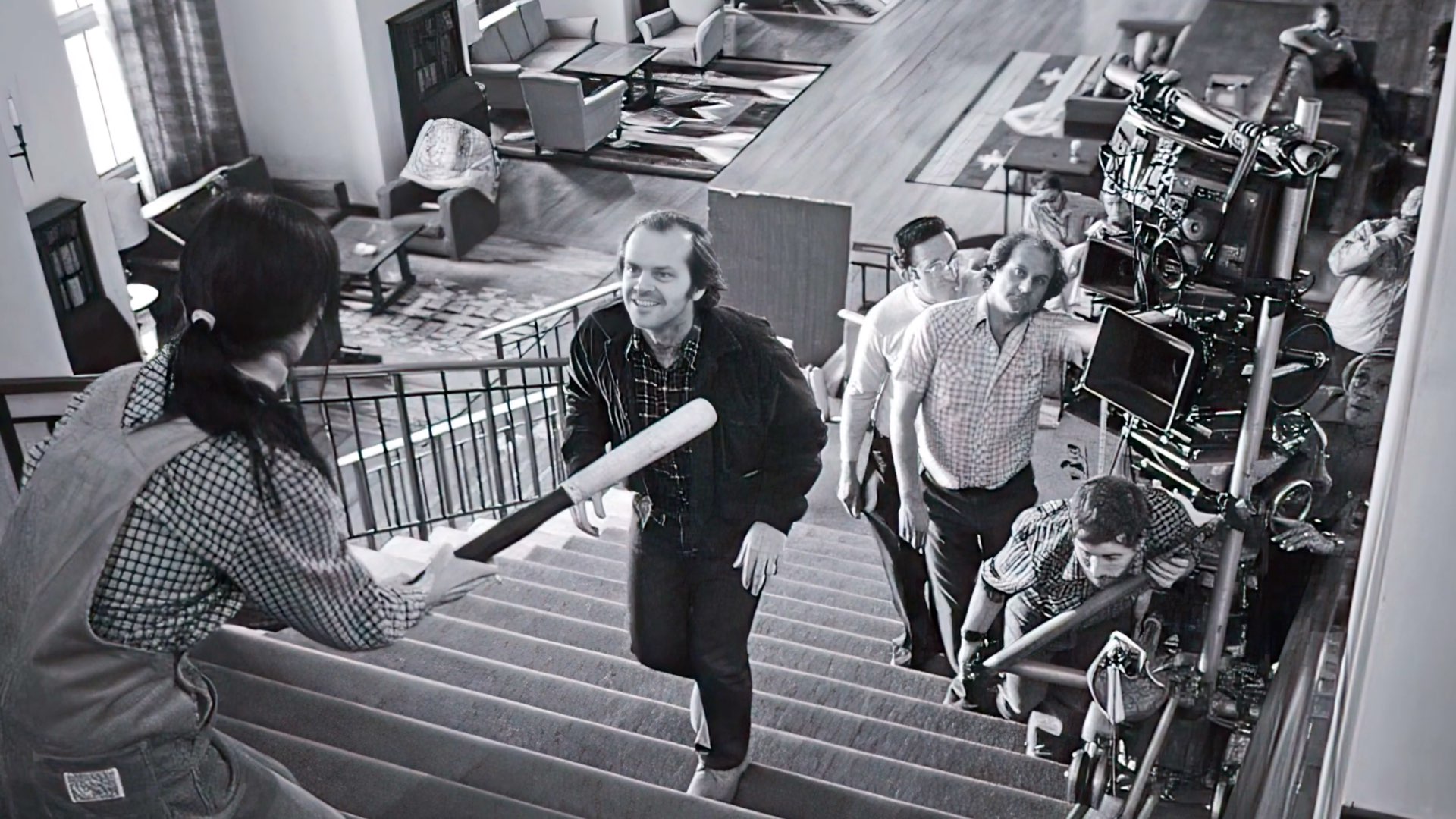
Additionally, according to assistant editor Gordon Stainforth, it took nearly a year to shoot the movie. Main photography began in May 1978 and wrapped in July 1979, it took place mainly in Elstree Studios, in southern England. There were so many changes to the script during shooting (a scene change was made almost daily) that Jack Nicholson claimed he stopped reading it. He would read only the new pages that were given to him each day. Nicholson also said that eventually, when presented with a revised scene he would throw it in the trash, knowing another was coming anyway. You get the idea. Filming under Kubrick is tough…very tough.
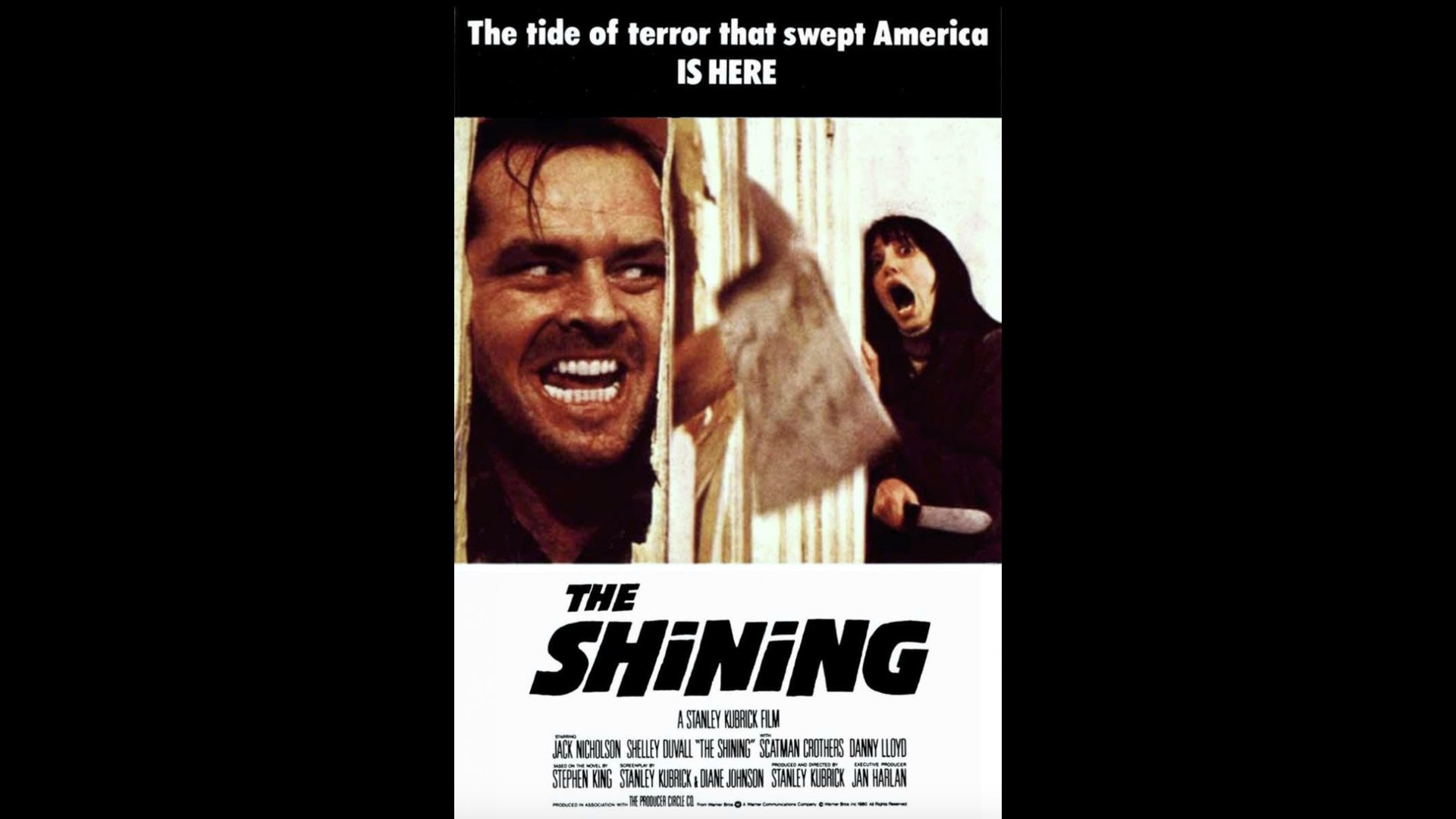
The main camera: ARRIFLEX 35 BL
Kubrick was a camera geek. Thus he was pursuing a camera that allowed him to shoot innovatively. He found the ARRIFLEX 35 BL which was the first silent 35mm camera (BL stands for blimped). ARRI launched the 35BL in 1972 and it was a big success. The ARRIFLEX 35 BL is one of the most important 35mm cameras ever invented. It can be defined as the first handheld 35mm film camera that ARRIFLEX ever produced. The camera was lightweight (25Lb). It was easy enough for a single operator to pick up and use on his shoulder.
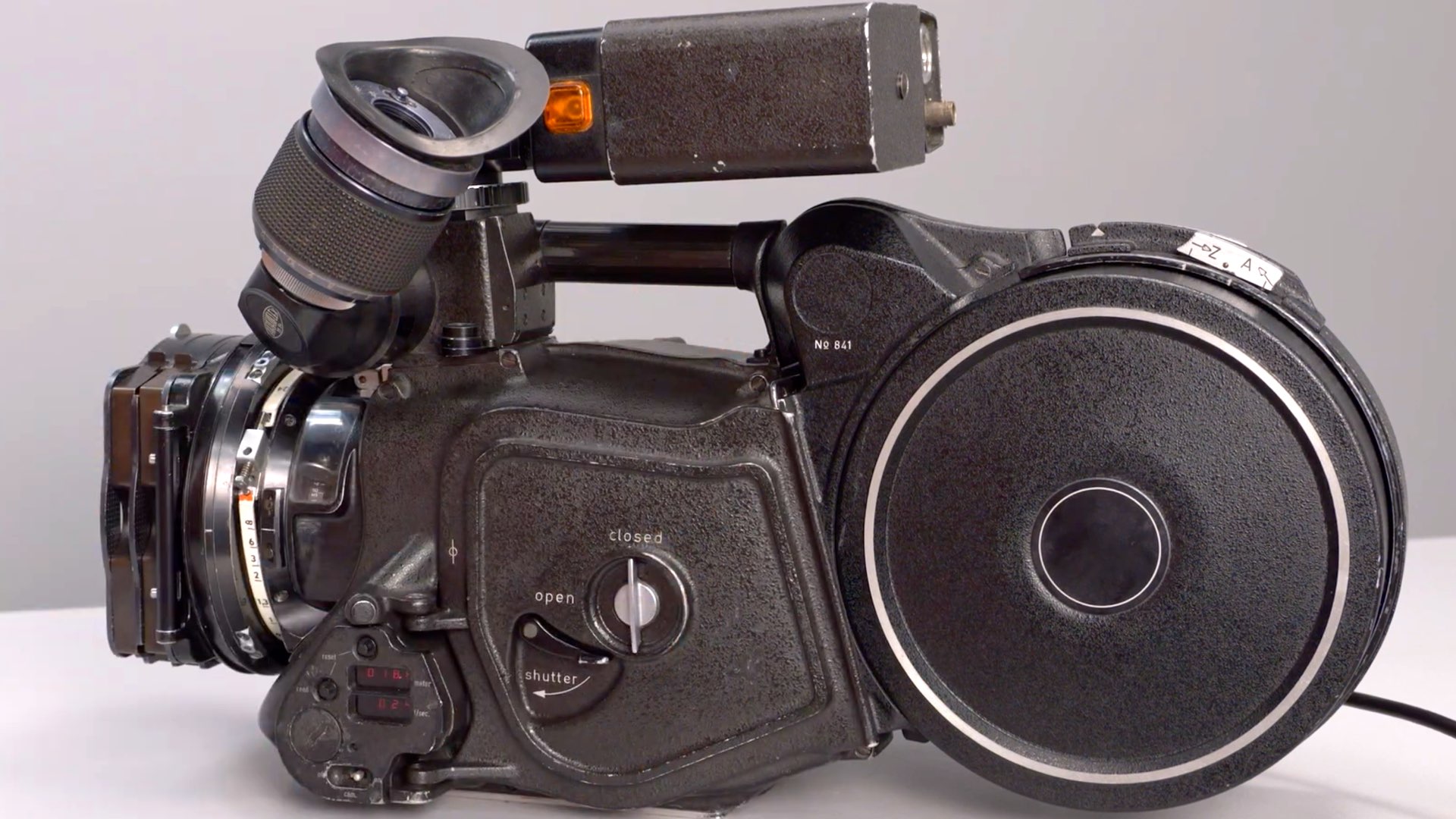
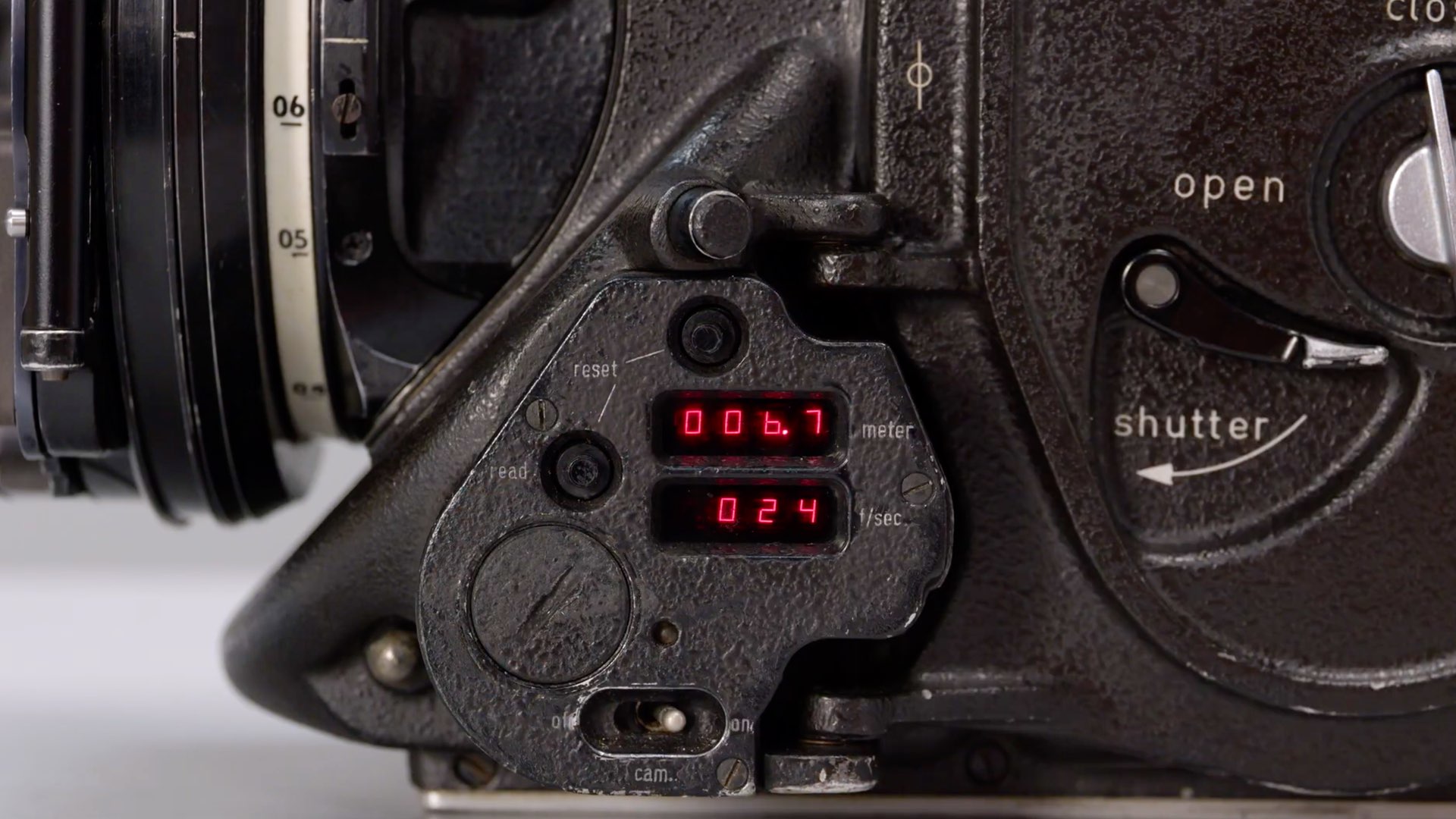
Before The Shining production, ARRI introduced a new model which is the 35 BLII. For The Shining, Kubrick purchased two of those cameras from ARRI, one for general setup, and one for an exclusive use on a steadicam. Kubrick has shot tons of film stock on The Shining. The 35BL remained in ARRI’s line-up for 17 years; the final version of the camera was the 35BL4S of 1989. In 1985, the ARRI BL III body alone cost $69,850 (You can buy one on eBay for $3,000). In 1975, Stanley Kubrick brought his 35BL to shoot Barry Lyndon, and over the next two decades, it became perhaps the most popular ‘A’ camera worldwide for feature production. Check out the excellent educating video below, which demonstrates the ARRIFLEX 35 BL:
A new technique applied: Steadicam
The Shining is the first movie in which a new technique called Steadicam was heavily implemented. The new Steadicam mount was used to shoot several scenes, giving the film an innovative and immersive look and feel. The inventor of the Steadicam, Garrett Brown, was extensively involved with the production. Brown has described his excitement taking his first tour of the sets, which offered “further possibilities for the Steadicam”. As mentioned, Kubrick was not “just talking of stunt shots and staircases”. Rather he would use the Steadicam “as it was intended to be used — as a tool which can help get the lens where it’s wanted in space and time without the classic limitations of the dolly and crane”. Brown used an 18 mm Cooke lens that allowed the Steadicam to pass within an inch of walls and door frames. Brown accomplished many of the ultra-low tracking corridor sequences from a wheelchair. One of the most talked-about shots in the picture is the eerie tracking sequence which follows Danny as he pedals at high speed through corridor after corridor on his plastic “Big Wheel.” The soundtrack explodes with noise when the wheel is on wooden flooring and is abruptly silent as it crosses over carpet. That was an innovative implementation of the new technique that the Steadicam allowed.
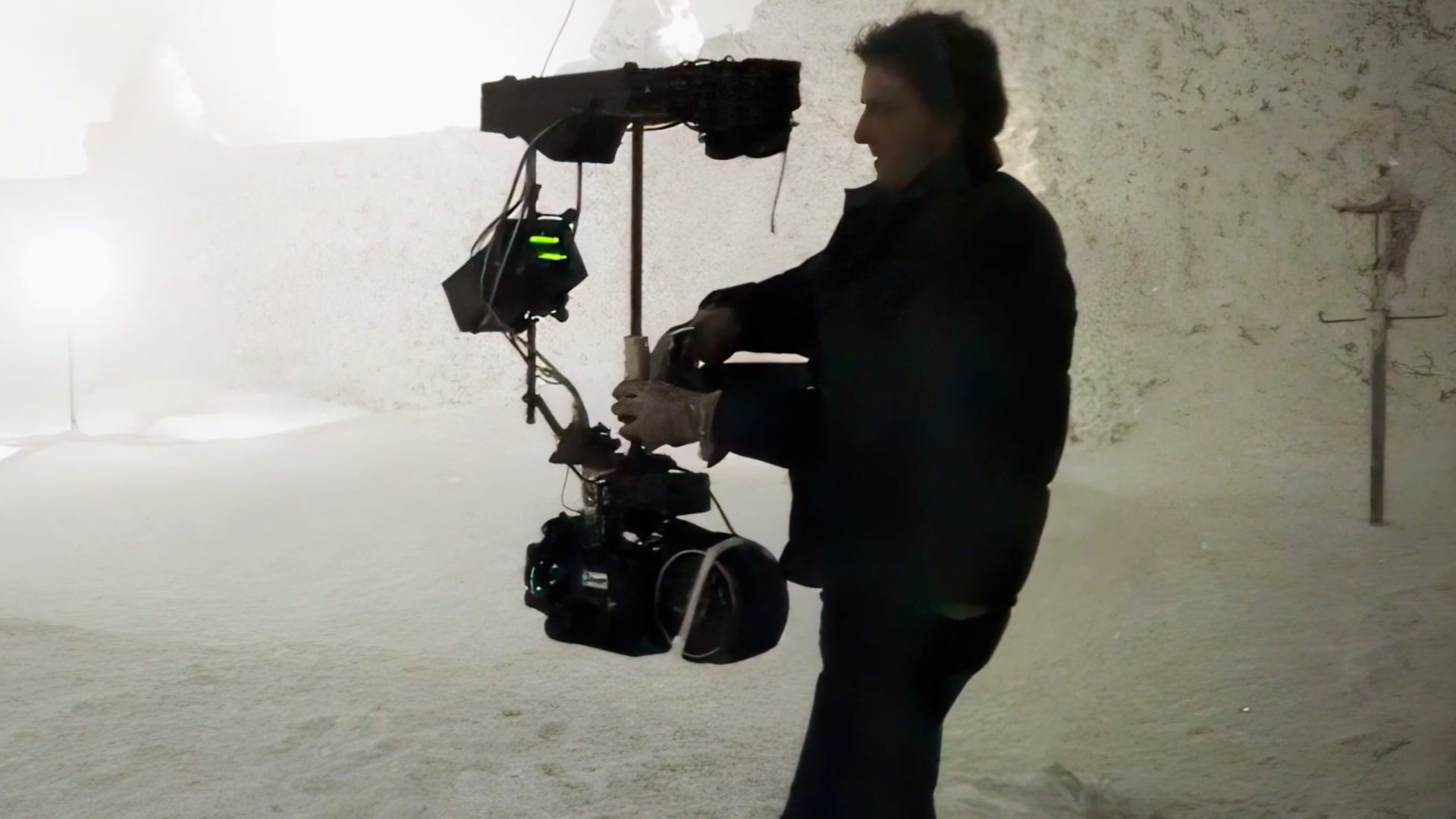
Final thoughts
Everybody who watched The Shining will never forget this movie. It’s one of the best psychological horror movies ever made, if not the best of them. Enhanced by innovative filmmaking methodologies (ARRIFLEX 35 BL and Steadicam), and directed ultra meticulously, The Shining constitutes a solid reference for filmmakers and storytellers, especially in the horror segment. Unfortunately, it’s a rare masterpiece. They don’t do like this one anymore…
Watch this article:


